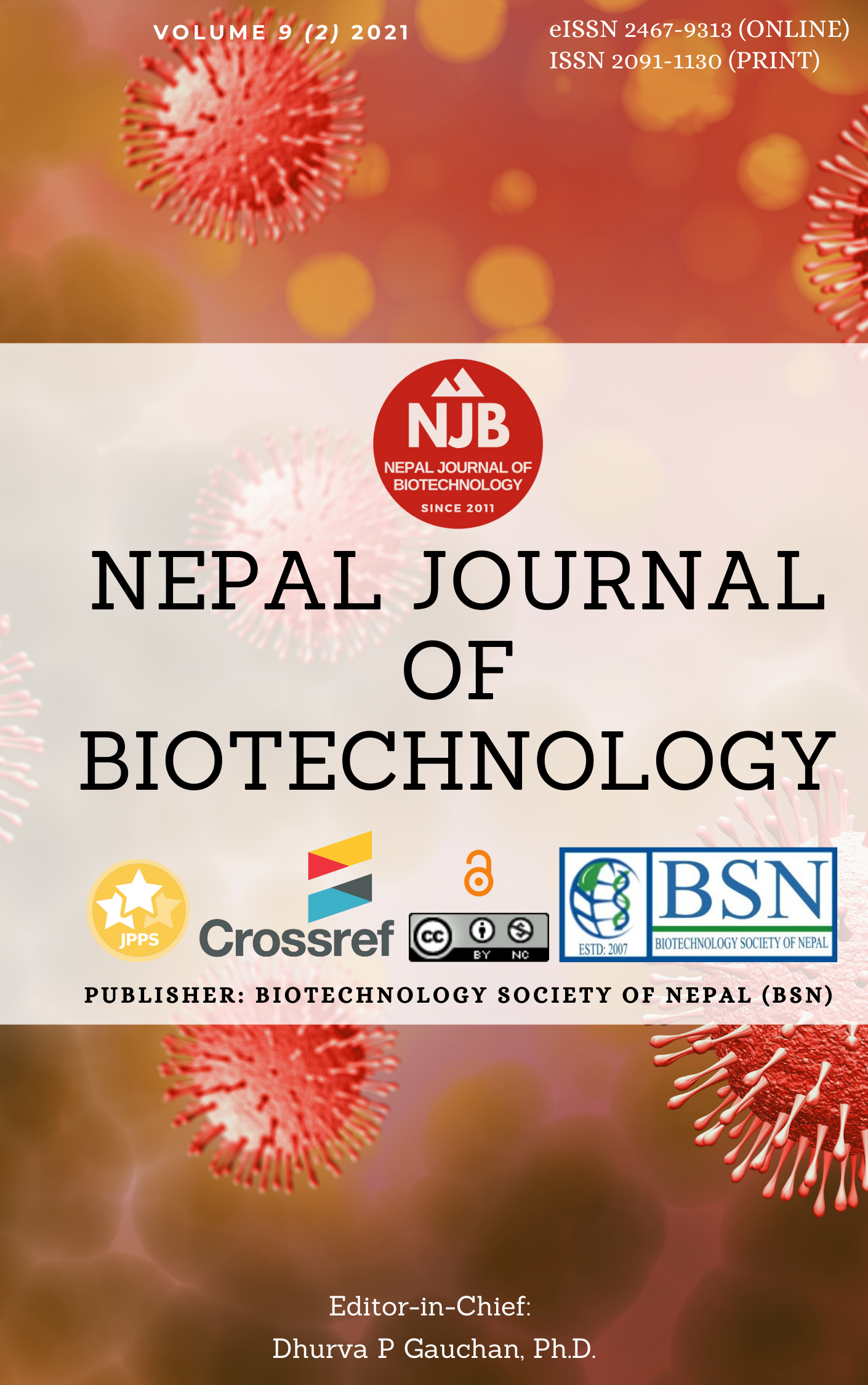Phytochemical Analysis and α-Amylase Inhibitory Activity of Young and Mature Leaves of Cinnamomum tamala
Keywords:
α-Amylase, Anti-diabetic, Cinnamomum tamala, PhytochemicalsAbstract
The bioactive chemical components of the plant's origin have been used as primary remedies for a wide array of human diseases including diabetes. The present research deal to evaluate and compare anti-diabetic potential of ethanolic and methanolic, young and mature leaves of medicinally valuable Cinnamomum tamala. Total phenolic and flavonoid contents of young and mature leaves were determined. In vitro α-amylase inhibition was carried out using 2-chloro-4-nitrophenyl-α-D-maltotrioside (CNPG3) as substrate. Phytochemical screening revealed the presence of polyphenols, flavonoids, terpenoids, quinones, carbohydrates, glycosides, diterpenes, tannins, and reducing sugars. The highest total phenolic content and flavonoid content were observed in methanolic extract of mature leaves (13.725 ± 0.54 mg GAE/g) and young leaves (12.591 ± 0.71 mg QE/g) respectively. Methanolic young leaves extract showed α-amylase inhibition with IC50 value 224.6 ± 2.76 μg/mL as compared to acarbose with IC50 value 5.93 ± 0.14 μg/mL. The result suggests that young leaves of C. tamala had anti-diabetic activity so further work should be carried out.
Downloads
Downloads
Published
How to Cite
Issue
Section
License
Copyright (c) 2021 Biotechnology Society of Nepal

This work is licensed under a Creative Commons Attribution-NonCommercial 4.0 International License.
Copyright Notice:
The manuscript submitted to NJB must be an original contribution, not previously published and should not be under consideration for publication elsewhere. When the manuscript is accepted for publication, the authors agree to automatically transfer the copyright of the article to the publisher. It should grant permission to any third party, in advance and in perpetuity, the right to use, reproduce or disseminate your article, according to the NJB copyright and license agreement.
Authors transfer copyright to the publisher as part of a journal publishing agreement but have the rights to: Share their article for Personal Use, Internal Institutional Use and Scholarly Sharing purposes, with the NJB applies the Creative Commons Attribution-NonCommercial CC BY-NC license to all the works we publish after Jun 2020 (Before it was CC BY-NC-ND). Under this license, authors agree to make articles legally available for reuse, without permission or fees, for virtually any non-commercial purpose. Anyone may remix, adapt, and build upon your work non-commercially, and although their new works must also acknowledge you and be non-commercial, they don’t have to license their derivative works on the same terms. More details on CC BY-NC refer to its Licence Deed and Legal Code.






